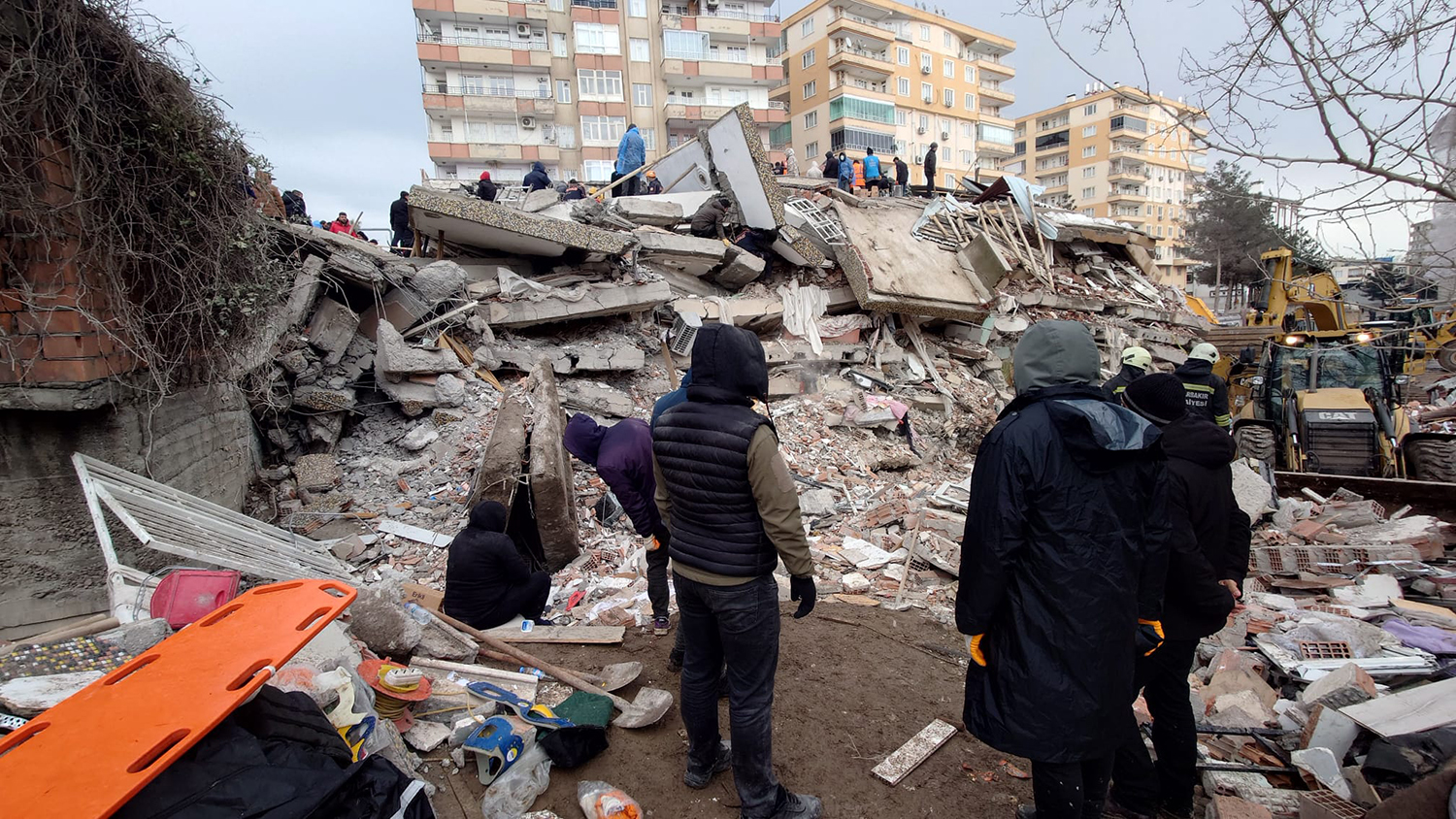
The earthquakes of 6 February caused around $34.2bn in physical damage in Turkey. This is the equivalent of 4% of the country’s 2021 GDP, the World Bank says.
It said recovery and reconstruction costs could double that figure, taking the cost to $68bn.
The economic disruption caused by the devastation in multiple cities in south-eastern Anatolia will hurt Turkey’s GDP, adding to the eventual final cost.
Four earthquakes and more than 7,500 aftershocks constituted the worst disaster in Turkey for 80 years, the bank said.
1.25 million people are homeless because of destroyed or damaged buildings.
Some 81% of the damage occurred in Hatay, Kahramanmaraş, Gaziantep, Malatya and Adıyaman provinces. Together they are home to around 6.45 million people.
Damage to residential buildings account for 53% ($18bn) of the total damage. A further 28% ($9.7bn) is non-residential buildings, including hospitals and schools, and 19% ($6.4bn) is related to infrastructure.
On 9 February, the bank announced an initial package of $1.78bn for relief and recovery efforts.
“This disaster serves as a reminder of Turkey’s high risk to earthquakes and of the need to enhance resilience in public and private infrastructure,” said Humberto Lopez, World Bank country director for Turkey.
The quakes also hit north-eastern Syria, causing $5.1bn in physical damage, equivalent to about 10% of Syria’s GDP, the bank says.










